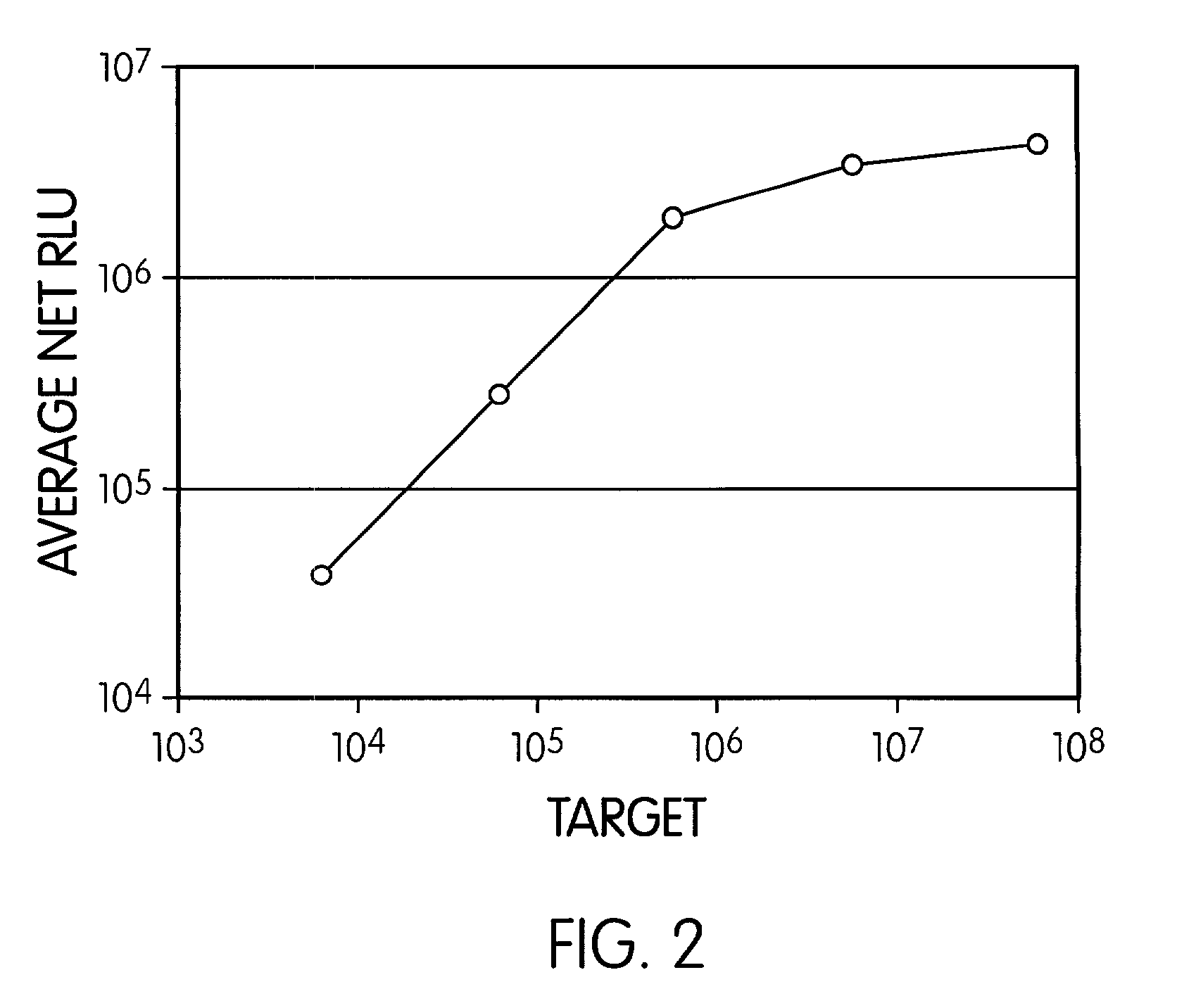Compositions, methods and kits for determining the presence of Cryptosporidium parvum organisms in a test sample
a technology of cryptosporidium parvum and test sample, applied in the field of hybridization assay probes, can solve the problems of inability to detect the presence of cryptosporidium parvum in the test sample, the threat to the u.s. water supply is major, and the resistance of cryptosporidium parvum to environmental and chemical means is particularly alarming
- Summary
- Abstract
- Description
- Claims
- Application Information
AI Technical Summary
Benefits of technology
Problems solved by technology
Method used
Image
Examples
example 1
Specific Detection of Cryptosporidium Nucleic Acid
[0222]This example illustrates the ability of a probe mixture containing an acridinium ester-labeled hybridization assay probe targeted to Cryptosporidium rRNA to selectively detect Cryptosporidium species in the presence of non-Cryptosporidium organisms. A hybridization assay probe having the base sequence of SEQ ID NO:3 is synthesized, as described above, to include a non-nucleotide linker positioned between nucleotides 11 and 12 (reading 5′ to 3′). Additionally, unlabeled helper probes having the base sequences of SEQ ID NO:27 and SEQ ID NO:28 are included in the probe mixture to facilitate hybridization of the hybridization assay probe to Cryptosporidium nucleic acid. Except for the first nucleotide (reading 5′ to 3′), which is substituted with the corresponding deoxynucleotide, each nucleotide of the helper probes is a ribonucleotide modified to include a 2′-O-methyl substitution to the ribofuranosyl moiety.
[0223]The specificity...
example 2
Amplification and Detection of Cryptosporidium Nucleic Acid
[0225]This example illustrates the amplification of a target sequence of Cryptosporidium rRNA and detection of the amplified rRNA using a hybridization assay probe specific for Cryptosporidium-derived nucleic acid. In particular, a Cryptosporidium hybridization assay probe having the base sequence of SEQ ID NO:1 is synthesized, as described above, to include a non-nucleotide linker positioned between nucleotides 11 and 12 (reading 5′ to 3′). This hybridization assay probe is of the same sense as the Cryptosporidium target rRNA and is used to detect product of a transcription-mediated amplification. Procedures for performing a transcription-mediated amplification are described supra and by Kacian et al. in U.S. Pat. Nos. 5,399,491 and 5,480,784. In addition, this hybridization assay probe is the opposite sense of the hybridization assay probe of Example 1, which is believed to be specific for nucleic acid from Cryptosporidium...
example 3
Specific Detection of Cryptosporidium parvum Nucleic Acid
[0228]This example illustrates the ability of a probe mixture containing an acridinium ester-labeled hybridization assay probe targeted to Cryptosporidium parvum rRNA to selectively detect Cryptosporidium parvum organisms in the presence of non-Cryptosporidium parvum organisms. A hybridization assay probe having one of the following base sequences is synthesized, as described above: (i) SEQ ID NO:13 (non-nucleotide linker positioned between nucleotides 9 and 10, reading 5′ to 3′); (ii) SEQ ID NO:15 (non-nucleotide linker positioned between nucleotides 12 and 1 3, reading 5′ to 3 ′); (iii) SEQ ID NO:16 (non-nucleotide linker positioned between nucleotides 9 and 10, reading 5′ to 3 ′); and (iv) SEQ ID NO: 18 (non-nucleotide linker positioned between nucleotides 9 and 10, reading 5′ to 3′). Except for the first nucleotide (reading 5′ to 3′), which is substituted with the corresponding deoxynucleotide, each nucleotide of the hybri...
PUM
| Property | Measurement | Unit |
|---|---|---|
| density | aaaaa | aaaaa |
| diameter | aaaaa | aaaaa |
| diameter | aaaaa | aaaaa |
Abstract
Description
Claims
Application Information
 Login to View More
Login to View More - R&D
- Intellectual Property
- Life Sciences
- Materials
- Tech Scout
- Unparalleled Data Quality
- Higher Quality Content
- 60% Fewer Hallucinations
Browse by: Latest US Patents, China's latest patents, Technical Efficacy Thesaurus, Application Domain, Technology Topic, Popular Technical Reports.
© 2025 PatSnap. All rights reserved.Legal|Privacy policy|Modern Slavery Act Transparency Statement|Sitemap|About US| Contact US: help@patsnap.com


